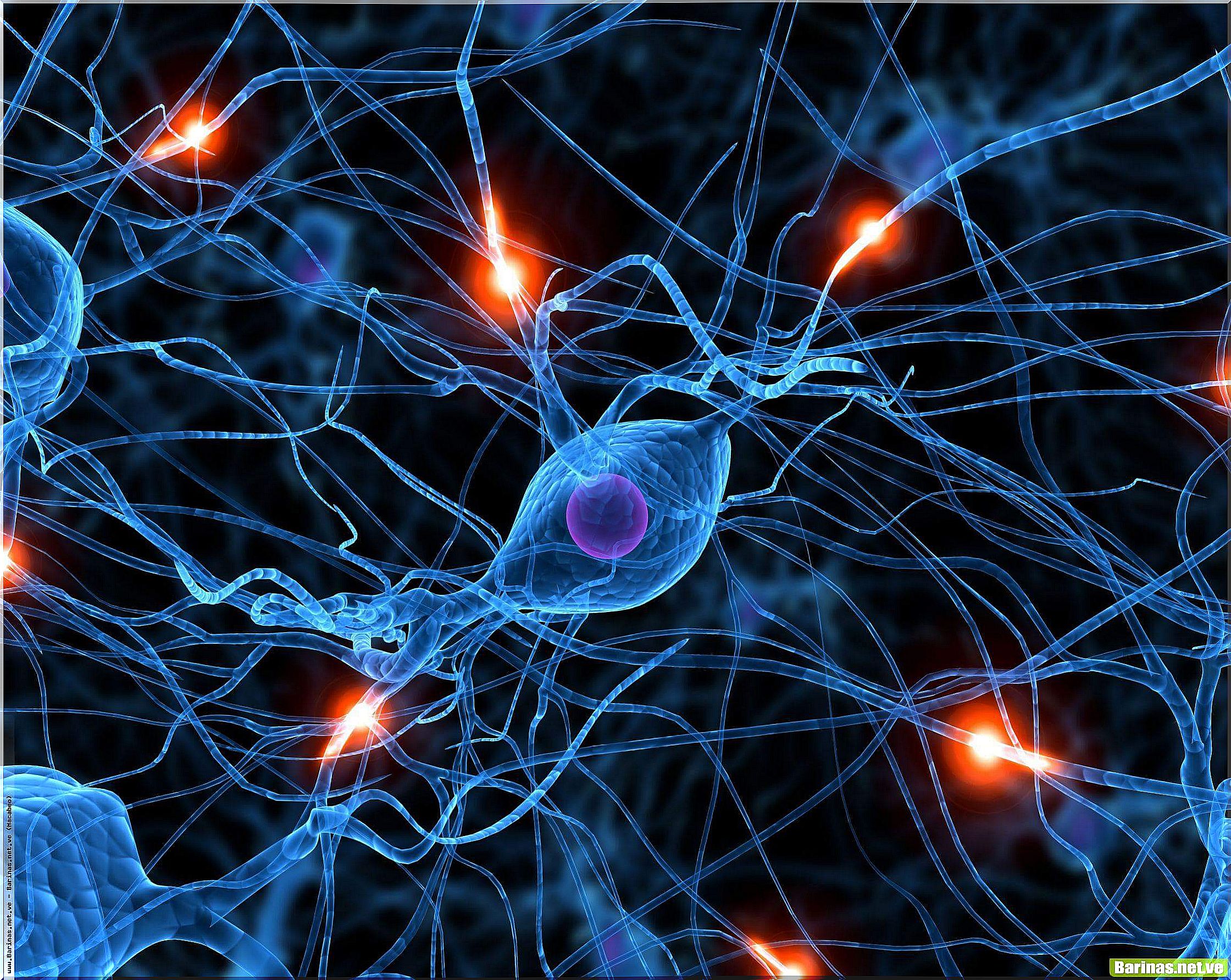Oxycodone: All About This Opioid
Oxycodone is an opioid pain reliever used to treat moderate or severe pain. Its analgesic action is twice that of morphine and it can be used alone or in combination with other drugs such as paracetamol, ibuprofen or naloxone.
This drug is marketed in both standard tablets and sustained-release tablets for chronic treatments.
Oxycodone has a high affinity for morphine receptors in the central nervous system. Their activation triggers high intensity analgesia.
Opioid receptors
Opioid receptors are located in the central and peripheral nervous systems, on a number of cells, including cells related to inflammation and immunity.
All receptors in this family are G protein coupled and their activation leads to inhibition of the enzyme adenylate cyclase.

When the receptor is activated by the interaction of oxycodone or another substance, a series of phosphorylations take place and then the receptor is destabilized and disappears from the membrane by endocytosis, from which it is either recycled or degraded.
Endocytosis is a form of active transport in which the cell transports molecules or organisms to its interior
There are three types of opioid receptors:
- Μ receptors : when these receptors are activated, they open potassium channels producing an analgesic effect. This is why it is the target of analgesic drugs.
- Δ receptors : they are found in the periphery and their activation also leads to analgesia.
- Κ receptors : their activation has the most significant adverse effect dystrophy (weakening of the muscles). And, unlike the previous ones, its activation causes the closure of calcium channels.
Mechanism of action of oxycodone
Oxycodone, as we already know, will interact with some of these receptors. It does so specifically with μ-opioid receptors.
Therefore, it is a pure agonist of them. A pure agonist is one that only interacts with one type of receptor. There are also mixed agonists or antagonists, which can react with more than one type.
Therefore, when it interacts with μ receptors, they send the signal, thanks to the complex of the G protein to the adenylate cyclase to inhibit it.
As this enzyme is blocked, cAMP levels decrease and potassium channels are finally closed, which is the ultimate goal. Since potassium channels are blocked, the pain signal cannot be transmitted through the body.
Oxycodone Pharmacokinetics
Oxycodone is a drug that is administered orally and intravenously. Regarding oral administration, peak plasma concentrations are observed around 1 hour to 1 hour and a half after administration in the fasted state.
It has a half-life of between 3 and 4 hours, which means that this is the time necessary to eliminate 50% of the concentration in blood of this drug. However, in sustained-release tablets this half-life increases to 4 hours.
Once metabolized, it is excreted via the kidneys. Therefore, patients with renal insufficiency can obtain higher plasma concentrations of the analgesic than those with normal renal function.
Adverse reactions
This drug, like most, is not without adverse effects. Apart from its analgesic effects, it can also trigger a series of unpleasant effects for the patient such as:
- Nausea and vomiting
- Sedation.
- Respiratory depression
- Constipation.
- Urinary retention.
- Addiction.
Despite being common, the frequency of appearance of these effects is lower than with the use of morphine. Furthermore, the development of these adverse effects depends on the administered dose, its frequency and the tolerance level of the patient.









